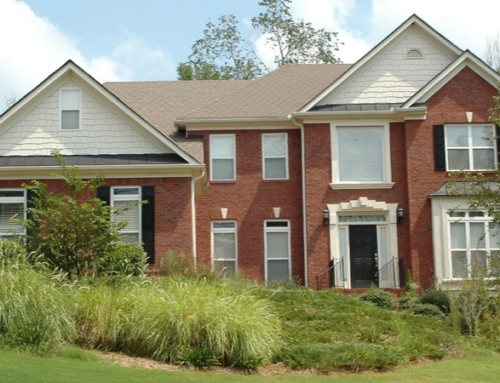A few weeks ago, the New York Times ran a story about how some savvy real estate investors were making big bucks by investing in real estate.
One couple put cash down on several apartments in Florida that were under construction and then flipped their contracts within a year for a cool $500,000 in profits – without ever closing on the units.
There are stories in every real estate section in the country (including the one you’re reading right now, I’ll bet) about how much money people are making by fixing up their own homes and selling them. And about how prices have gone up by double-digits in some neighborhoods, and about how homeowners are turning away from the stock market and instead are investing in real estate.
At the beginning of March, Freddie Mac Chief Economist Frank Nothaft predicted that home prices would rise between 7 and 8 percent in 2005.
And yet, not everyone is profiting from the boom in real estate. There are plenty of homeowners who wonder why the real estate gravy train passed them by. Their homes have been listed for months, or years, in some cases. Even the average annual appreciation experienced by others in their state, city or neighborhood, seems to have eluded them, let alone the kind of profits that make headlines.
If you’re trying to sell your home and are hoping to rake in some of the real estate gold your neighbors seem to have paved their driveways with, but don’t seem to be having much luck, it could be time to get real about the price and condition of your property.
I’ve been touring a few of the homes in some neighborhoods that have been listed for at least 4 to 6 months. In the case of the home I saw this past weekend, it was listed for at least 6 months last year, then taken off the market for the winter holidays and just relisted at a slightly lower price.
Those who are the most successful at selling property seem to understand something very basic: In order to sell quickly, you have to have something that people want to buy at a price that gives buyers an incentive to move quickly.
The houses I’ve been touring lately all seem to have missed the obvious. And, in response, buyers have passed them by.
Let’s say you live in a neighborhood where older homes are being bought by developers. The houses are being torn down and replaced by huge homes that offers the amenities and mint condition that buyers want.
If that’s your neighborhood, it’s going to be very tough to sell your home as a fixer-upper. You have to get real about what your property is worth, and it might just be that the value in your house is in the land alone.
While there may be someone out there that wants an older home that they can fix up, most people won’t. Your job as the seller is to find a way to make your home appeal to as many prospective buyers as possible. If you want them to buy your fixer-upper, you’ll have to entice them with a competitive list price.
The home I toured this weekend is a grand old Tudor with a beautifully landscaped half-acre lot complete with new patio and swimming pool. In fact, the house has curb appeal in spades, which is why the owners can probably get away with charging a little more for it than the typical fixer-upper.
Unfortunately, the interior of the house is in shambles. And, it’s vacant, which means it’s easy to see the flaws.
The flow of the first floor is grand, but that’s about the best compliment you can give it. The house is in desperate need of a gut job. The kitchen was done several years ago, but the cabinets are cheap and haven’t held up. While the home is being sold as having “new electricity and plumbing,” the truth is parts of the house have had the electricity updated and if you look at the electrical box, it looks like a patch job.
There is a bedroom without a closet, and another that just have a tiny 6-inch closet built sideways into an eve. While a good size room, the master bathroom has no charm whatsoever. And while the basement is nicely laid out, you have to walk through a strangely-placed powder room that sits in the middle of the stairway that descends from the first floor.
Last year, the house was listed at $1.59 million. And it sat for months. The agent has just relisted the property at $1.425 million. If the house was perfect inside and out, it might be worth $1.5 or $1.6 million, given what other homes in the neighborhood are selling for.
But given that the house will need somewhere between $300,000 to $500,000 to turn the interior into something as attractive as the exterior, the sellers need to get real about pricing and lower the list price several hundred thousand dollars — or risk having the home sit unsold.
March 4, 2005.






Leave A Comment